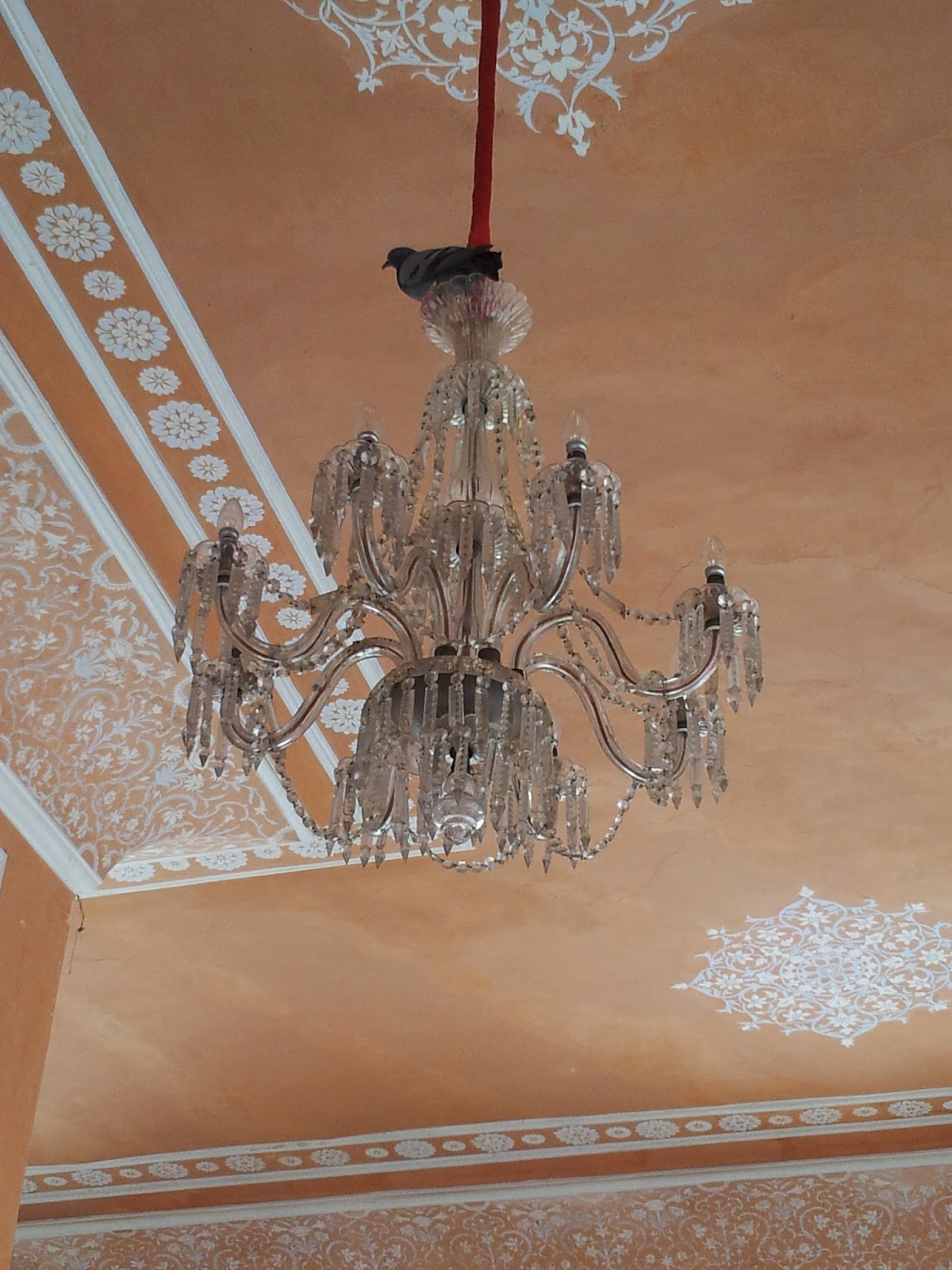I hate this viral fever. Every 1 or 2 months it hit my kid leaving her weak and fragile.She becomes so disturbed and fussy as its aftereffect. Reason for the regular occurrences of this fever are unknown. The doc says maintain hygiene and avoid congested places. I guess the virus is already in the air so no matter whatever precautions we take, it somehow reaches her. With her sickness, my exercise and experiments to give her medicines becomes active.
On 25th Aug 2014, kido was all set to start her playschool, but darn this fever, we had to postpone the school to next month. As the aftereffect of the fever, she has become very hard to handle, becoming all ziddi( headstrong & stubborn ) and all those tantrums. Whenever she demands anything , we need to give it to her. More we try to distract her, more she cries and screams.Sometimes its really very difficult to manage her demands and actions.




























































